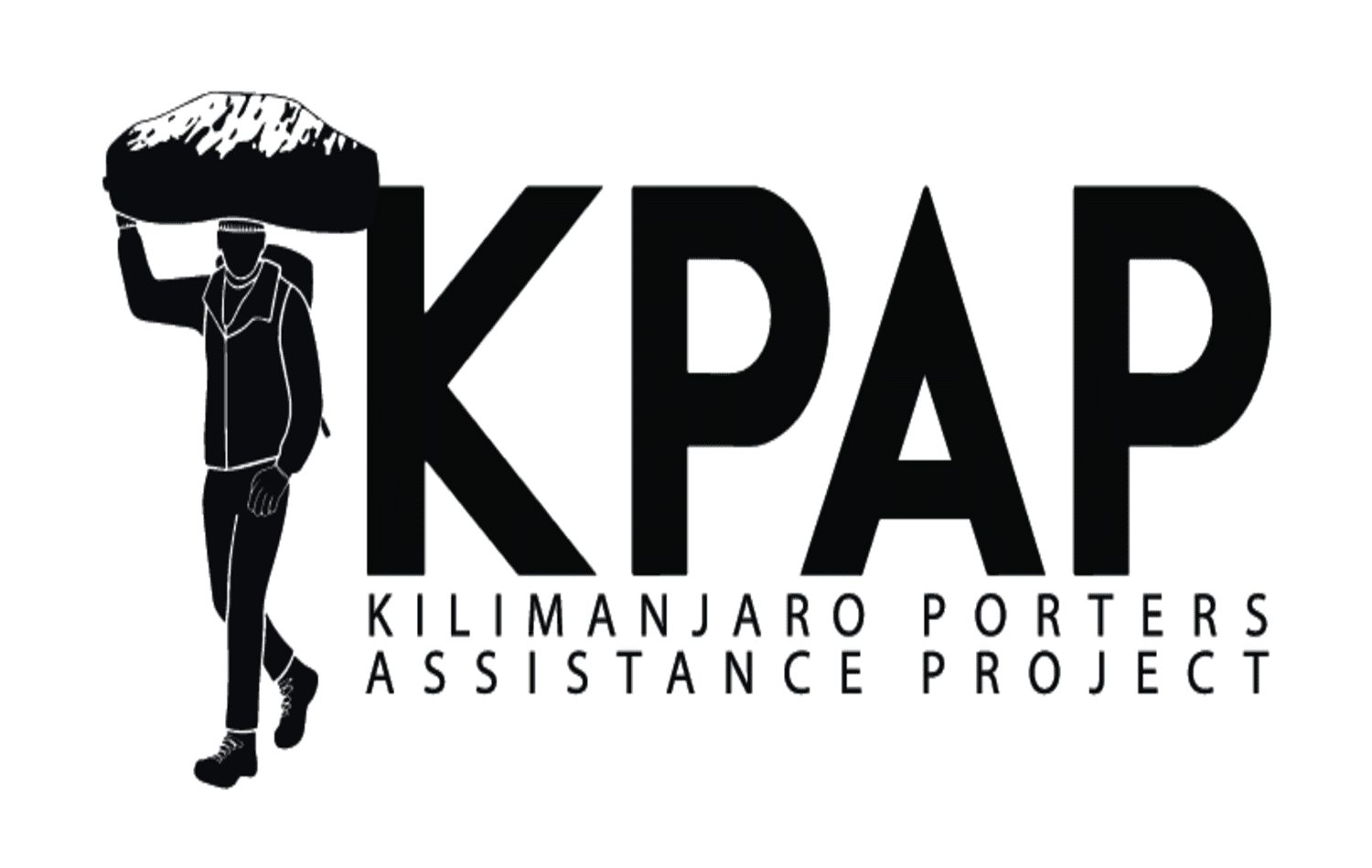The Marangu Route is the oldest and most popular path to the summit of Mount Kilimanjaro, often referred to as the “Coca-Cola Route” due to its well-established infrastructure and accessibility. Unlike other routes that require camping, the Marangu Route is the only one that offers hut accommodations, making it a more comfortable option for climbers.
Known for its gradual ascent and ease of access, the Marangu Route is a great option for those who want to experience the beauty of Kilimanjaro but prefer a less rugged adventure compared to the other routes. In this article, we’ll explore why the Marangu Route is so popular, what to expect during the trek, and its pros and cons.
Easiest Route
Comfortable Accommodation
Shorter Trek Duration
Established Infrastructure
Less Time for Acclimatization
Day 1: Marangu Gate (1,860m) – Mandara Hut (2,700m)
Day 2: Mandara Hut (2,700m) – Horombo Hut (3,720m)
Day 3: Horombo Hut (3,720m) – Kibo Hut (4,700m)
Day 4: Kibo Hut (4,700m) – Uhuru Peak (5,895m) – Horombo Hut (3,720m)
Day 5: Horombo Hut (3,720m) – Marangu Gate (1,860m)
The Marangu Route is the classic choice for those seeking a comfortable, straightforward, and faster way to summit Mount Kilimanjaro. With its hut accommodations and gradual ascent, it is perfect for trekkers who want a more relaxed Kilimanjaro experience while still taking on the challenge of reaching the summit.
While it offers a unique and historic climb, the shorter trekking duration and high altitude make it a more challenging route for some, particularly those who are not acclimatized to the thin air of Kilimanjaro’s higher elevations. Whether you are a first-time climber or a seasoned trekker, the Marangu Route provides an unforgettable experience of Africa’s highest peak.



TERMS AND CONDITIONS | AFRICAN SAFARI | PRIVACY POLICY | REFUND POLICY | FOR TRAVEL AGENCIES | HOTELS IN TANZANIA | OUR BLOG
© 2025 Shiri Adventures